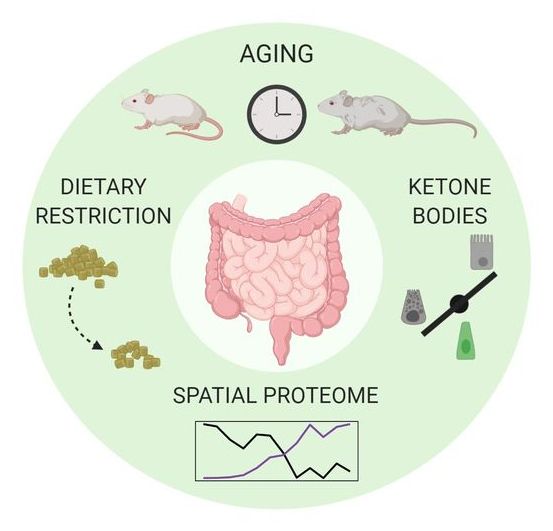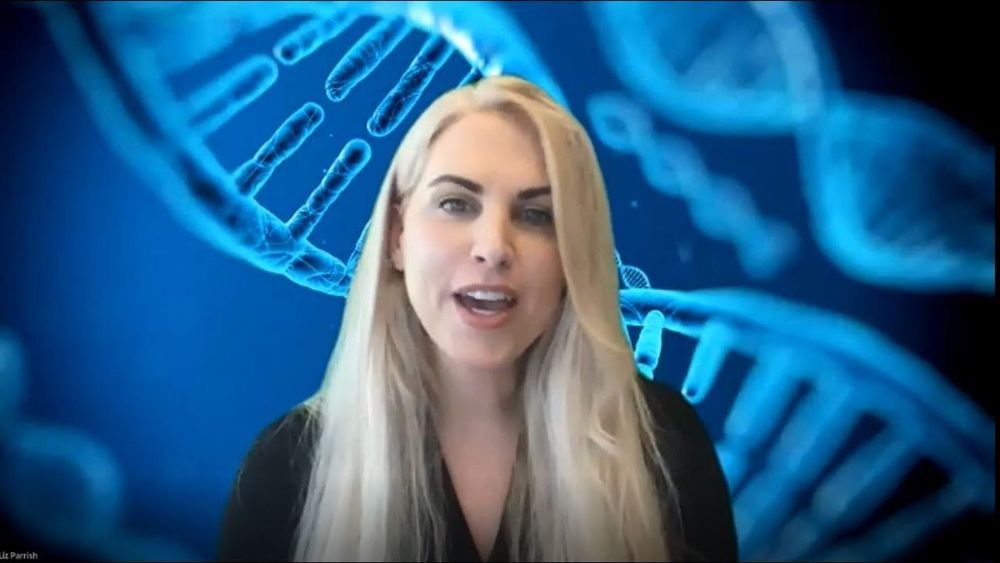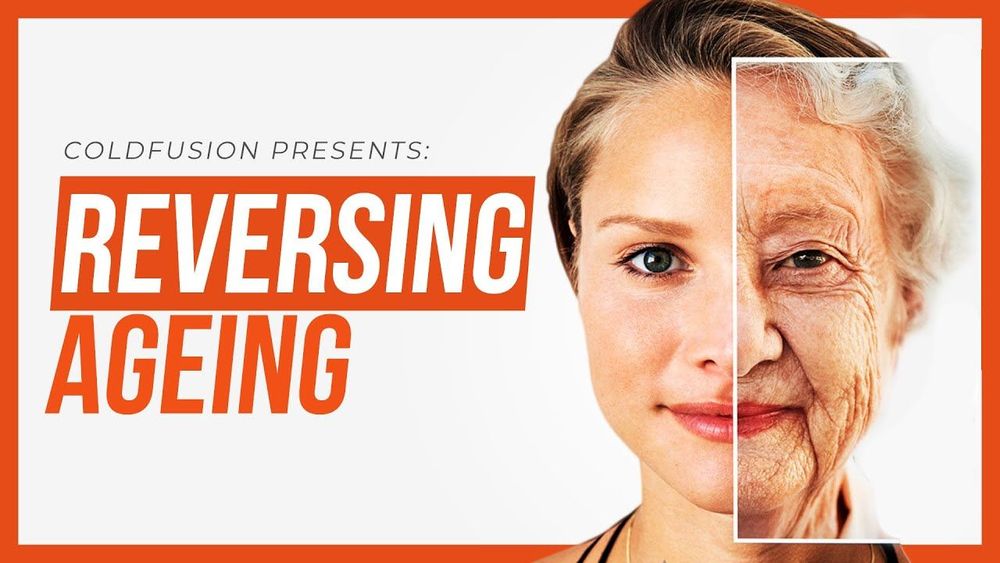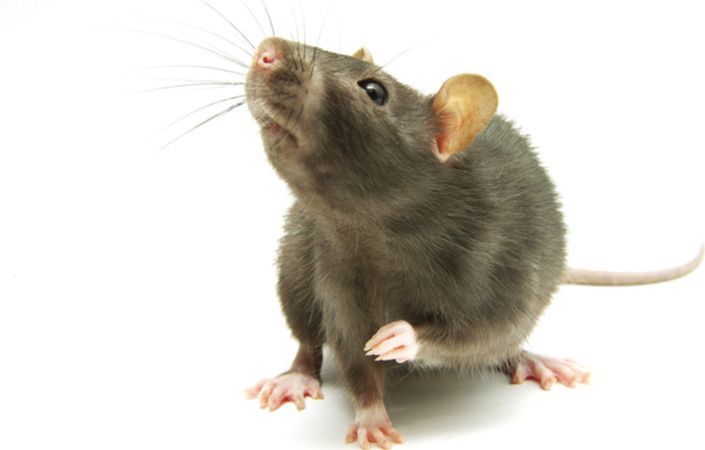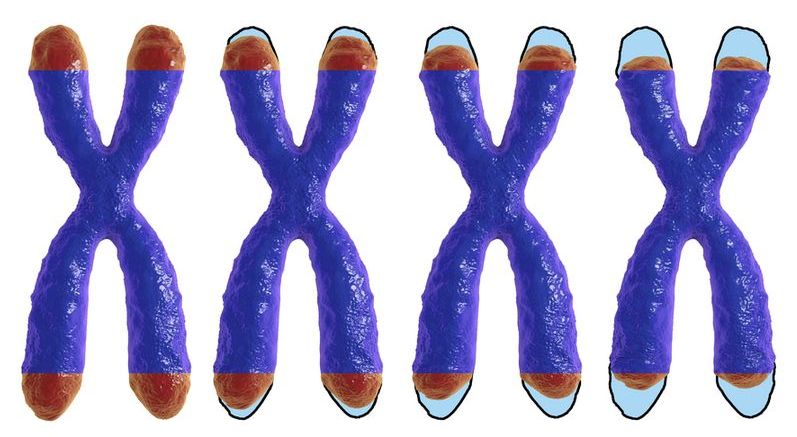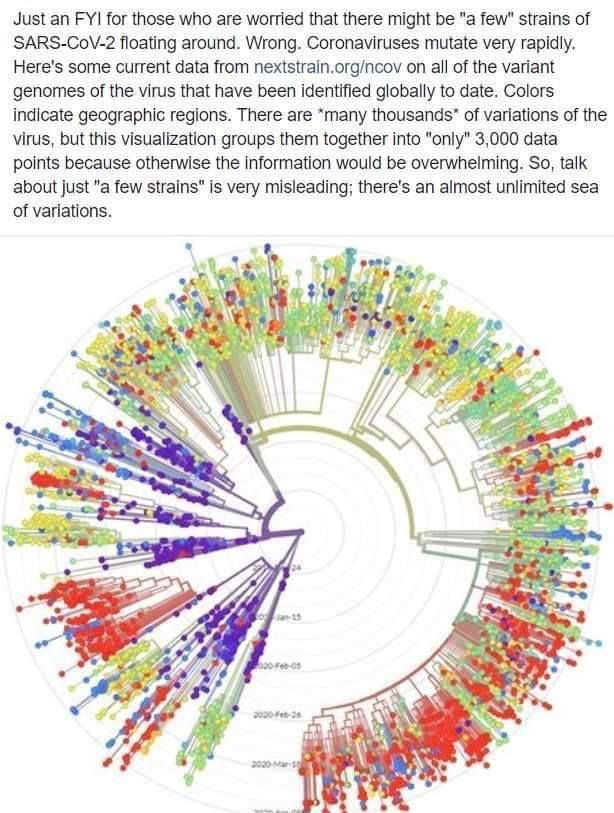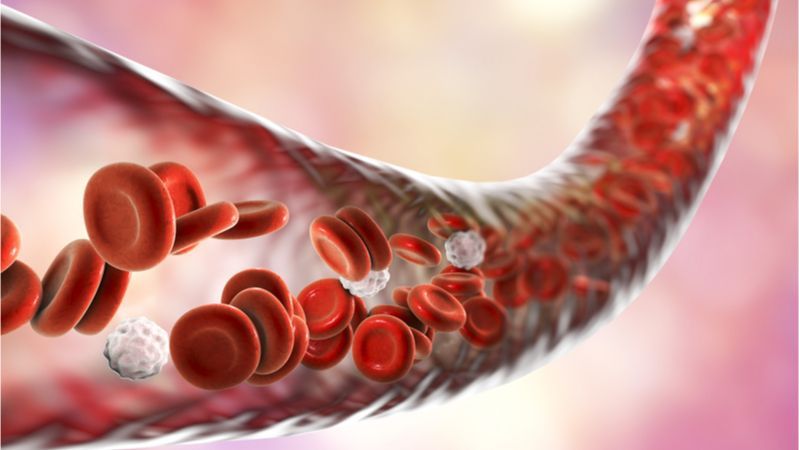May 2, 2020
WE NEED MORE REJUVENATION TRANSLATORS! NTZ Co-founders Nicolas Chernavsky & Nina Torres Zanvettor
Posted by Nicolas Chernavsky in category: life extension
I hope you can take the time to watch my interview with Nicolas Chernavsky & Nina Torres Zanvettor where we discuss their rejuvenation translation company NTZ Publicações and why we need more rejuvenation translators to join their team to spread rejuvenation science globally to a mainstream audience.
https://instagram.com/brent.nally/ https://facebook.com/brent.nally https://linkedin.com/in/brentnally
Tweets by BrentNally
https://patreon.com/BrentNally https://dlive.tv/BrentNally https://gab.com/BrentNally https://medium.com/@brentnally https://twitch.tv/brentnally https://brentnally.tumblr.com/ https://reddit.com/user/BrentNally Discord Brent Nally#0616 TikTok @brentnally Telegram @BrentNally Snapchat brentnally Mixer BrentNally https://levscience.com/

